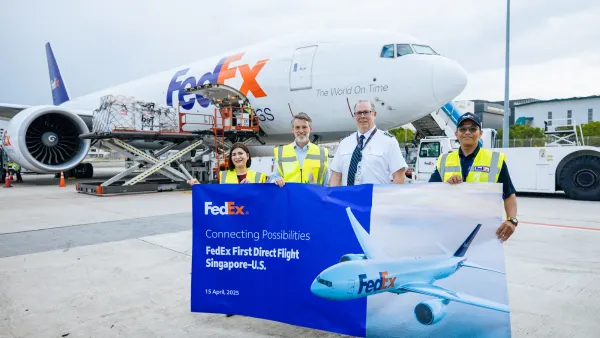Dive Brief:
- 3PL and freight broker C.H. Robinson has launched a software package to assist users in reducing supply chain disruption wrought by weather and other disasters using predictive analytics, DC Velocity reported Wednesday.
- The software, known as "Navisphere Vision," combines historical data unique to the user with machine learning and artificial intelligence technology. It then quantifies likely supply chain threats and acts to avoid the pending disruption.
- A combination of enhanced shipment visibility and business intelligence support the platform.
Dive Insight:
Machine learning is seeping into the supply chain, lowering risk through predictive analysis.
Machine learning actually underlies AI, allowing it to make independent decisions leading to reduced risk for supply chains. This is no news to the Institute of Electrical and Electronics Engineers Computer Society (IEEE Computer Society), which predicted the influx of machine learning in its 2016 "Future of Tech" report. In fact, German pharmaceutical provider Merck has been sampling such technology since 2016 in the form of its FusionOps software, which adjusts forecasts when events like hospital fires or natural disasters affecting drug demand occur.
Management at C.H. Robinson believes that Navisphere's applicability is obvious. “If you consider the types of supply chain disruptions we’ve see in recent days — hurricanes, eclipses, cyber-attacks — and the labor-intensive effort companies make to reduce the impact that disruptions have on their network, the benefits of visibility become clear," Brent Nagy, vice president, global customer strategy at C.H. Robinson told Supply Chain Dive.
The system catches not only the small errors, as well as the problems that might otherwise be missed. "In a majority of supply chains, 90% of shipments in transit will have no issues, but knowing what aspects of that other 10% require proactive effort is critical to successful supply chain initiatives,” Nagy added.












